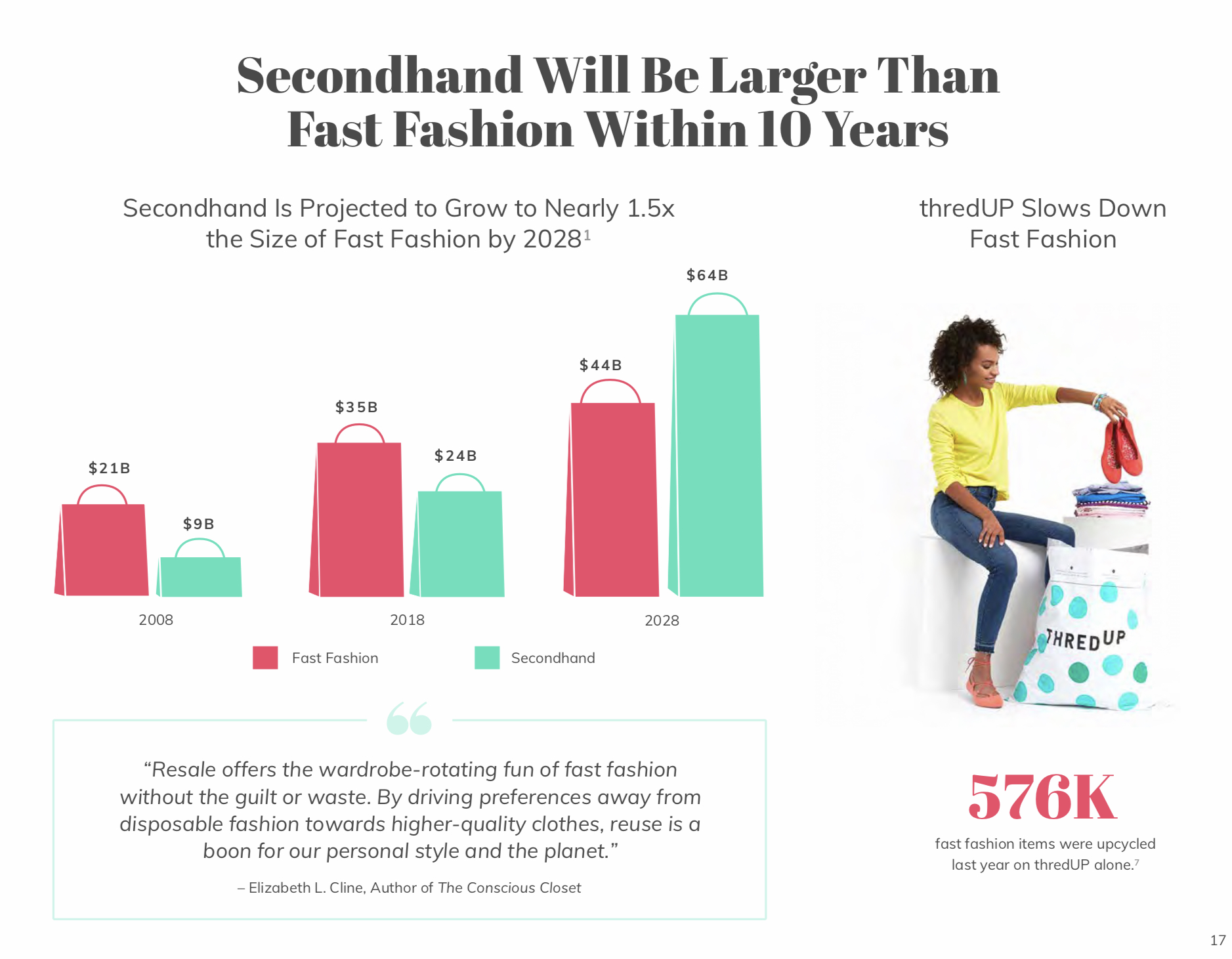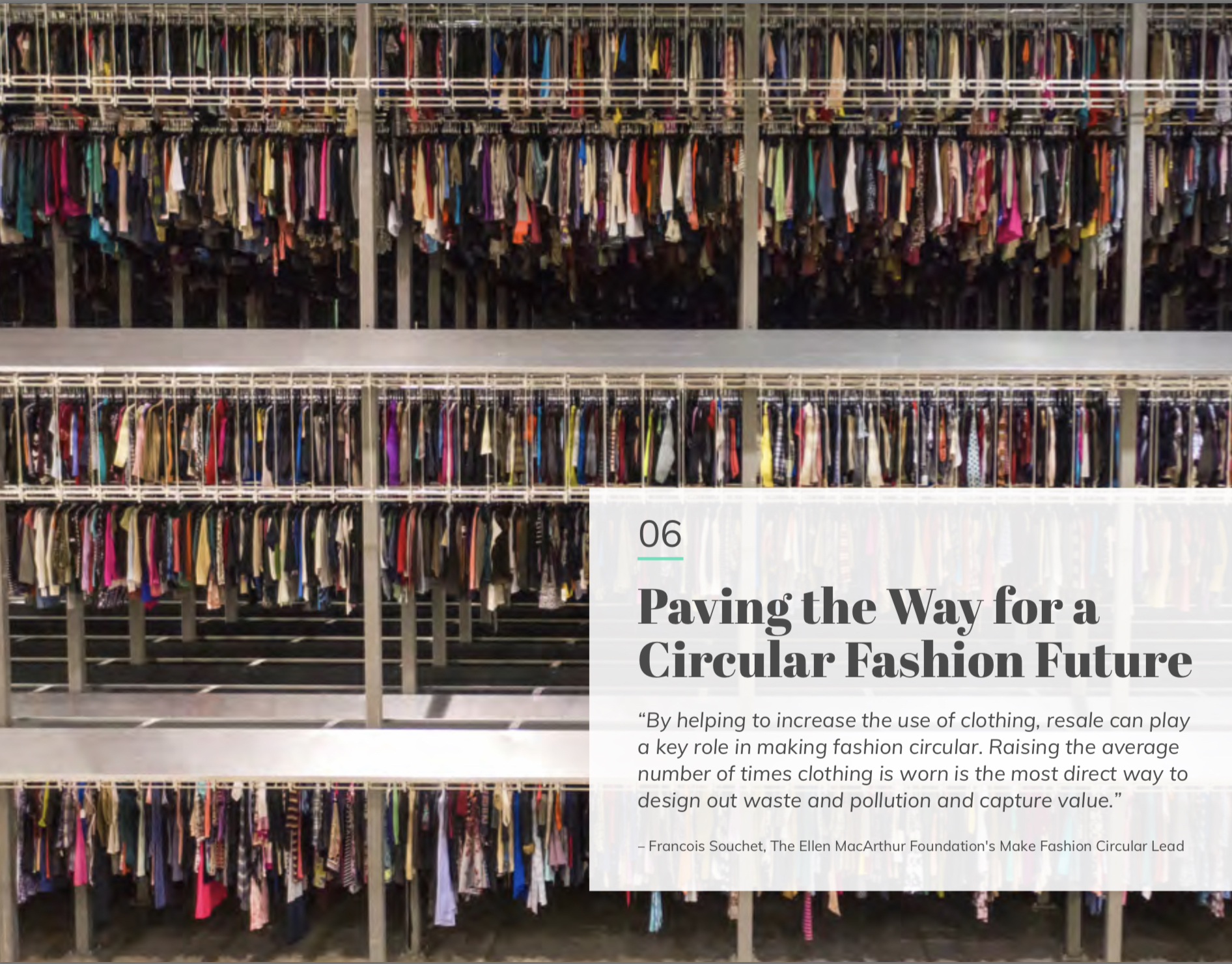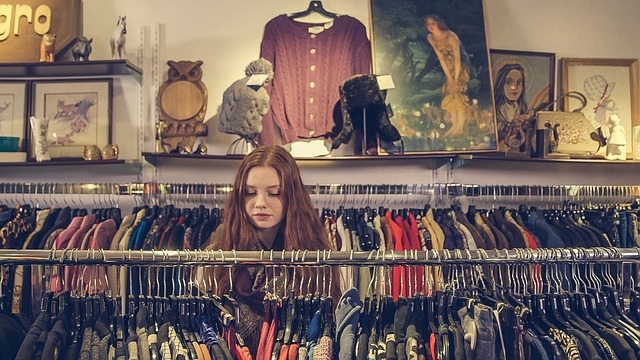
- Inspiring People -
- 4mins -
- 939 views
Secondhand fashion industry is thriving, set to overtake fast fashion this decade
Consumers are increasingly turning towards secondhand clothing and new studies suggest the market for pre-loved items could even become bigger than ‘fast fashion’ by 2029.
Fashion Forecast: in with the old, out with the new
According to the latest annual fashion resale report by US secondhand clothing retailer thredUP, the secondhand clothing market is booming. Thredup reports that, over the past three years, resale has grown 21 times faster in the US than ‘apparel retail’. The value of the secondhand market, which is currently worth $24bn (£18bn/€21.3bn)) there is expected to reach $51 billion (£39bn/€45.5bn) in five years.
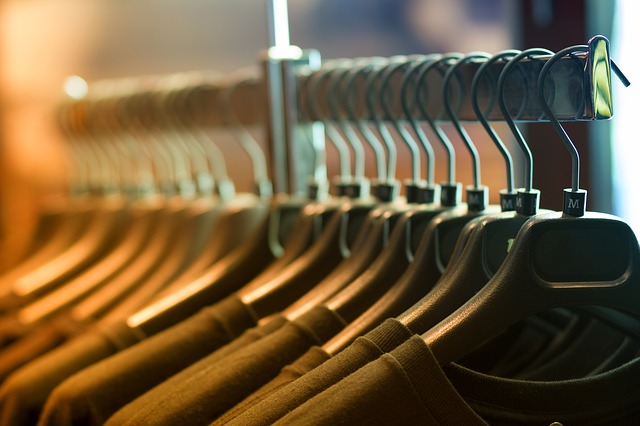
A sea change in fashion for old and young alike
The latest annual fashion resale report by US secondhand clothing retailer thredUP suggests that the resale market will overtake fast fashion if it continues to grow at this rate.
Meanwhile in the UK, in a poll conducted by waste management agency Businesswaste.co.uk, 45% of the 1,500 respondents said they would buy pre-owned clothes.
When asked what would encourage them to buy more secondhand clothing, 90% of respondents to the UK survey said that friends or family doing so first would encourage them to make the shift.
While both younger and older fashionistas were seemingly happy to shop secondhand – 80% of 16-21 year olds and 91% of people aged over 60 respectively – the overall rate averaged at 45%.
Interestingly, of those who said they would be happy to buy secondhand garments, they reported charity shops still carry a slight stigma. Only 62% said they would be happy to buy from charity shops.
Source: Positive.news
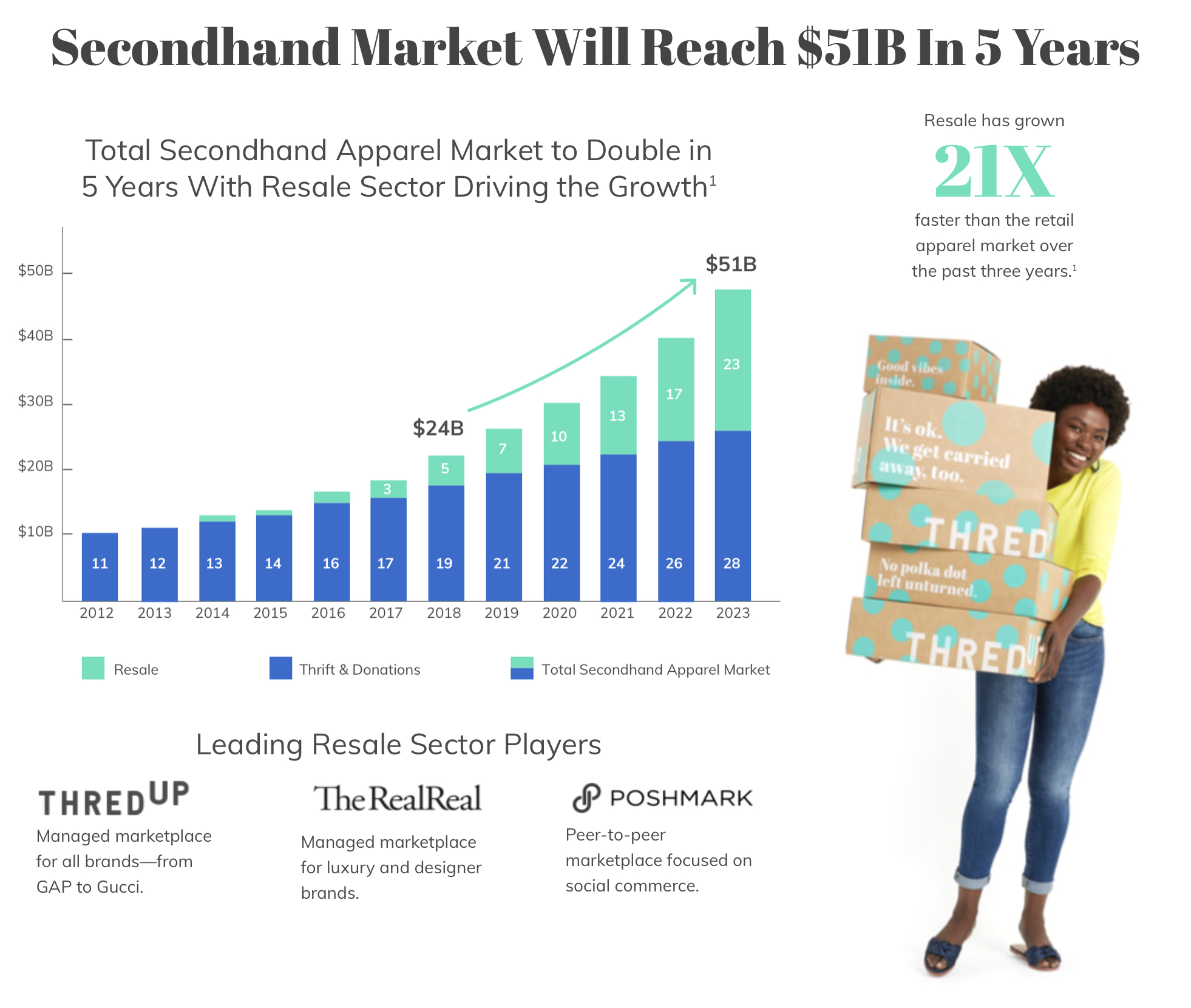
Resale is on the move!
From big retailers to small retailers, seed stage investors to large buyout firms, and from the New York Times to Netflix, everyone seems to be talking about the future of resale. — reports thredUP, the US secondhand clothing retailer.
Like all major movements and category disruptions, mainstream adoption happens over time, and this category is just getting started.
The last few years of growth in the resale market have been driven by the early adopters (the same ones who first adopted Airbnb or Lyft or DoorDash), but now the skeptics are starting to come around.
At thredUP, they’re seeing first-time thrifters moving to platforms like theirs in droves. Not surprisingly, the younger generations are leading this charge, with millennials and Gen Z adopting secondhand 2.5x faster than other age groups.
Even traditional retailers are starting to embrace secondhand. The resale customer is no longer somebody else’s customer, they are everybody’s customer. Mass market or luxury, if people can find a high-quality product for much less, they’ll choose used. As the line between new and used apparel blurs for consumers, a powerful transformation in retail will unfold.
To view or download a free copy of the report click HERE
Source: thredUP.com

Reasons to Rethink Fast Fashion
While inexpensive fashion finds might seem easy on your budget, the world is paying a high price for fast fashion:
- Fast fashion exploits overseas workers.
- Fast fashion contributes to the decline of homegrown manufacturing.
- Fast fashion is environmentally disastrous.
- Fast fashion can wind up costing you more than “real” clothes.
- Fast fashion’s low quality changes how you think about clothes.
- Fast fashion collaborations trick you into paying for the name.
- Fast fashion distorts your sense of value.
